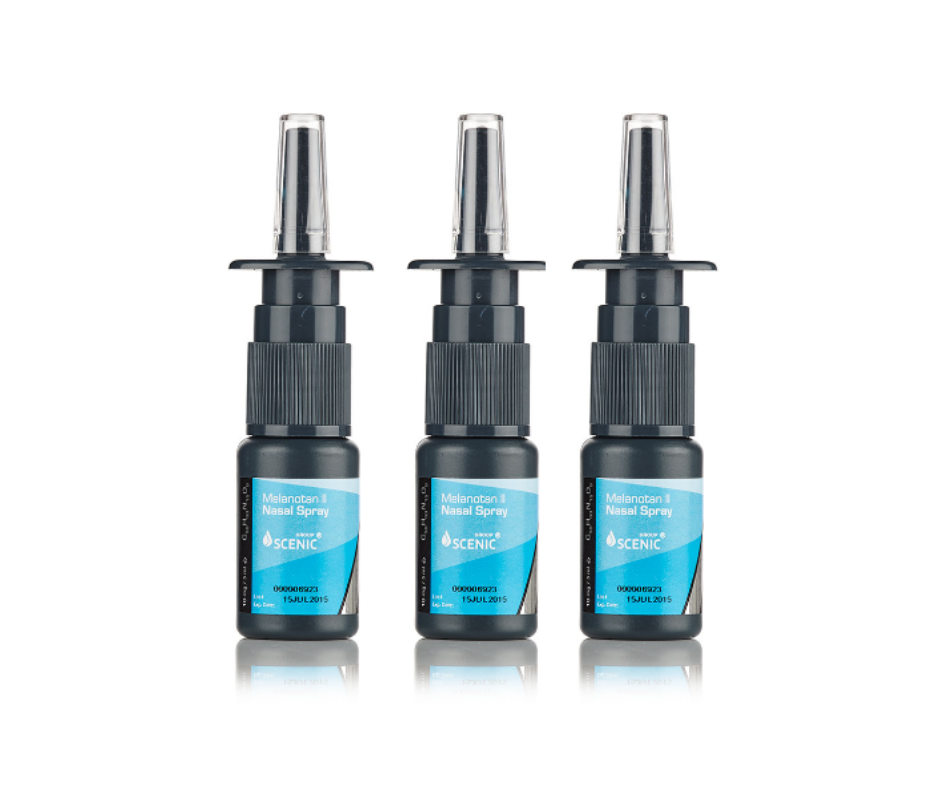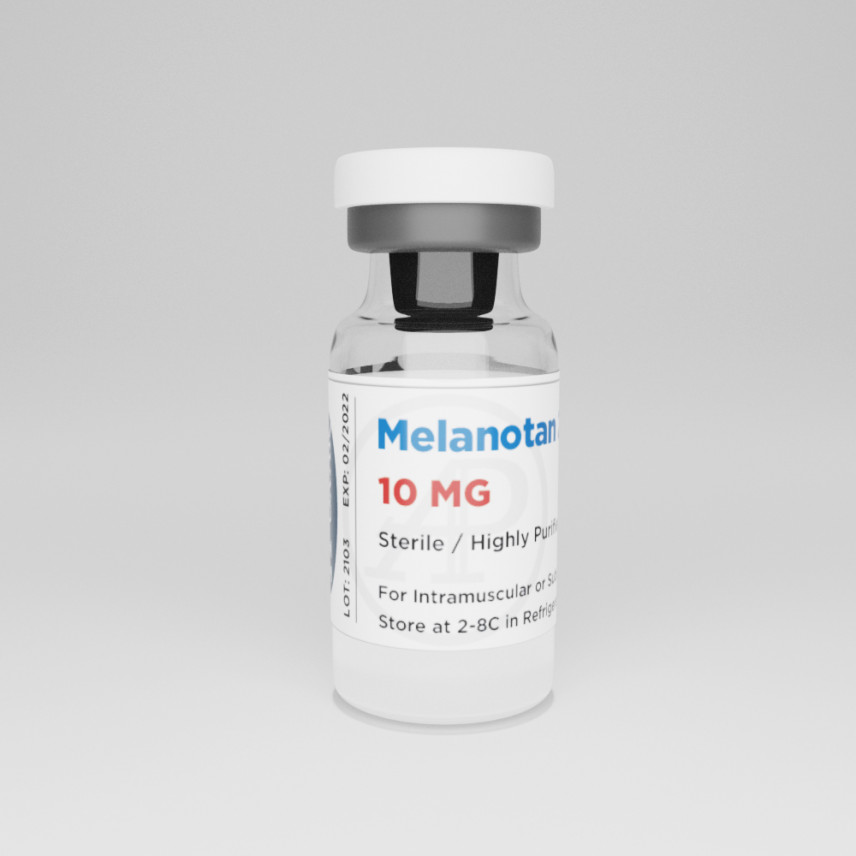
Afamelanotide: Uses, Communications, Mechanism Of Action Drugbank Online
Anabolic Steroids And Various Other Appearance And Efficiency Improving Drugs Apeds Nationwide Institute On Drug Abuse Nida
All animals were maintained under a 12-h light, 12-h dark (lights on at 0600 h) cycle and consistent temperature level (23 ± 2 C). Expectant women rats were housed separately and checked for birth of pups every early morning. The day of birth was taken into consideration P0, and clutters were adapted to 8 male pups on P2.
- The appearance of nasal spray tans comes as rates of melanoma have quickly enhanced in recent years, according to the American Cancer Cells Culture.
- MTII was infused ip as opposed to icv because of possible confounding impacts that would result from intracranial cannulation in suckling pups.
- Background labeling, figured out using the exact same tasting box over a surrounding region which contained no NPY gene expression, was subtracted from this dimension.
- A professional will certainly spray a tanning item having DHA onto your skin, to the deepness and tone of your choice.
- Depending on how dark you desire your tan, your results can last anywhere from 7 to 10 days.
What Can Be Done To Avoid Steroid Abuse?
To determine whether melanocortin receptor activation prevents transient hypothalamic NPY expression, MTII was provided over 5 d at two different developmental phases. Children of expectant Sprague Dawley women (Simonsen Laboratories) were arbitrarily designated to either the saline or MTII condition, with four pups per medicine condition per litter. Prior to medicine administration, the dam was removed from the cage and returned on completion of injections. Dogs were infused ip with MTII or saline twice daily (at 0900 and 1700 h) for 5 consecutive days, from P5 to P10 or P10 to P15, with the first injection at 1700 h and the last injection at 0900 h. Minds were quickly gotten rid of, iced up on powdered solidified carbon dioxide, and after that saved at − 80 C for NPY mRNA evaluation by sitting hybridization (as explained below), with 6 pets per group. Orexigenic drive likely dominates under many problems during advancement; nevertheless, anorexigenic mechanisms are not absent.
Drug Preparation And Administration
For the DMH, the sampling box incorporated both the main portable zone (DMHp) and the surrounding spread nerve cells of the noncompact area (DMHnc). To compare these 2 areas, a 2nd ROI was attracted to lay out just the DMHp, and this measurement (minus its equivalent background measurement) was deducted from the entire DMH measurement to generate a procedure of the DMHnc. Measurements were taken bilaterally with the full rostrocaudal extent of the ARH, DMH, and PFR. For information evaluation, the mind areas were anatomically matched throughout pets from all groups, with equal varieties of sections sampled per pet.
Historical Development
We hypothesize that these short-term NPY populaces drive food consumption before the establishment of ARH feeding neurocircuitry and/or advertises the shift to independent ingestion. This transient NPY expression peaks at roughly P16 and consequently decreases to an adult-like expression by P30 (8, 9), recommending the facility of a tonic repressive signal that lingers with their adult years. Evidence for this consists of the induction of NPY expression in the DMHnc in specific models of reduced melanocortin signaling, including lactation (10 ), the melanocortin 4 receptor (MC4R) knockout mouse (11 ), and the agouti computer mouse (11 ). In addition, site-directed management of the nonselective melanocortin receptor agonist melanotan II (MTII) considerably attenuates this NPY induction throughout lactation (12 ). The early postnatal period, prior to downstream innervation by arcuate melanocortinergic fibers, may in a similar way be considered a duration of lowered melanocortin signaling, thereby supplying a liberal atmosphere for the novel NPY expression. In the adult, a boost in power expense using BAT thermogenesis is predominantly made use of to keep body weight homeostasis.

